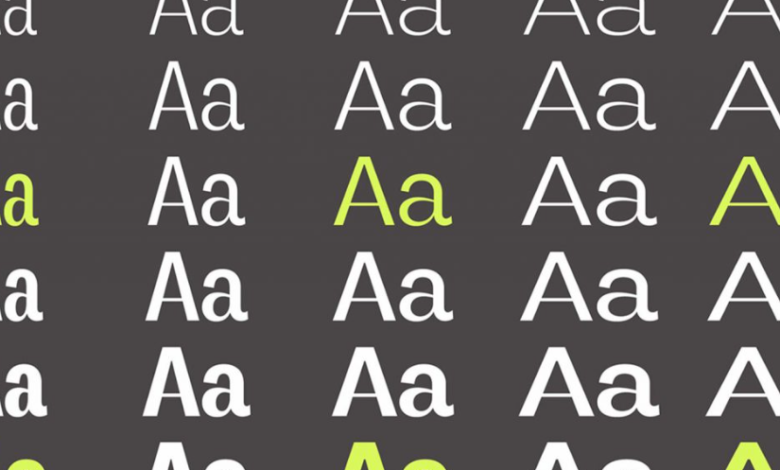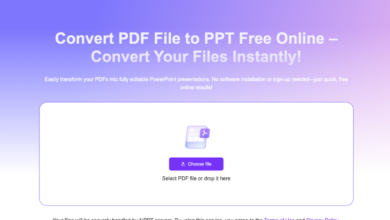Understanding Variable Fonts: Flexibility, Efficiency, and Creative Control

Variable fonts represent a significant advancement in typography, offering designers and developers enhanced flexibility, efficiency, and creative control. Unlike traditional static fonts, which require separate files for each style and weight, variable fonts consolidate multiple variations into a single file. This innovation streamlines workflows and optimizes performance across various platforms.
How Variable Fonts Work
Variable fonts are an innovative approach to typography, allowing a single font file to act like many. Instead of storing separate files for each weight, width, or style, a variable font contains all variations in one compact file. Designers can fine-tune the appearance of text by adjusting properties like thickness, width, and slant along continuous axes, creating countless custom styles on the fly. This flexibility makes it easier to adapt typography to different screens, devices, and design contexts without juggling multiple font files.
Key Benefits of Variable Fonts
Variable fonts offer reduced file sizes because multiple styles are contained in a single file, eliminating the need for numerous separate files. This reduction enhances website performance and decreases load times, which is especially important for mobile users and bandwidth-limited connections.
They also provide enhanced design flexibility. By manipulating design axes such as weight, width, and slant, designers can create custom font instances tailored to specific design needs. This adaptability allows typography to respond seamlessly to different screen sizes and resolutions, ensuring readability and aesthetic consistency.
Improved performance is another advantage. Consolidating multiple styles into one font file reduces the number of HTTP requests, leading to faster page loads. This efficiency benefits both desktop and mobile platforms, enhancing the overall user experience.
Variable fonts simplify maintenance as well. Managing a single font file instead of multiple separate files makes the design process more straightforward, reducing the complexity of font management and ensuring consistency across devices and platforms.
See also: Semaglutide for Weight Loss: What to Expect in the First 3 Months
Use Cases for Variable Fonts
In responsive web design, variable fonts allow designers to adjust font attributes dynamically based on screen size and resolution. This ensures optimal readability and visual appeal across various devices, contributing to a cohesive user experience.
For branding and identity, variable fonts offer customizable solutions. Brands can define specific design axes to create a distinctive typographic style that aligns with their visual identity. This flexibility strengthens brand recognition and provides a consistent aesthetic across digital and print media.
In user interface design, clarity and legibility are paramount. Variable fonts enable designers to adjust weight, width, and other properties to enhance readability and improve user comprehension. This control allows for intuitive, user-friendly interfaces that maintain consistency and appeal.
Challenges and Considerations
While variable fonts offer many advantages, there are considerations to keep in mind. Browser compatibility must be checked to ensure consistent rendering across all devices and platforms. Designers and developers also need to familiarize themselves with CSS properties such as font-variation-settings to manipulate font axes effectively. Performance optimization is crucial; while variable fonts reduce file numbers, excessive variations or improper implementation can increase file size and negatively affect performance.
Conclusion
Variable fonts are a transformative development in modern typography. They provide designers and developers with unprecedented flexibility, streamline workflows, and optimize digital performance. By consolidating multiple font styles into a single file, variable fonts simplify font management while enabling responsive, dynamic, and visually engaging designs. As adoption continues to grow, variable fonts are set to become a standard practice in web and interface design, offering creative freedom and efficiency for all types of digital projects.




